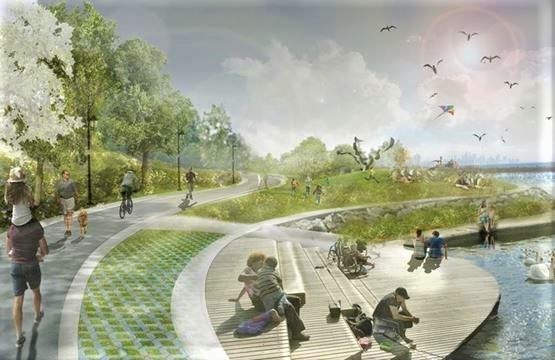
Lakeview residents meet to discuss density, height and an indigenous education centre as waterfront redevelopment moves closer
At the Army, Navy and Airforce Veterans Club in Port Credit, the Lakeview Ratepayers Association gathered the local community together on Thursday evening. Residents exchanged views on development in their area and were drilled on the ins and outs of local urban planning.
The topic was one Lakeview has been talking about for 14 years — the fate of land that formerly belonged to the area’s power plant, once dubbed the Four Sisters for its landmark giant smokestacks. Since the coal-fired generating plant was demolished in 2006 and 2007, residents have been working on an ambitious project to reclaim the view of the lake, and to turn a polluted brownfield into a new "destination" community with carefuly controlled density.
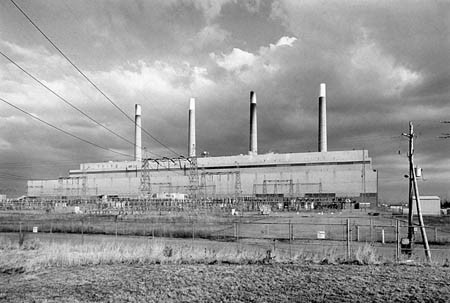
The old Lakeview power plant, built in the late '50s and early '60s
Thursday’s meeting, attended by a standing-room crowd of more than 200, garnered opinion from residents on the latest proposal for the Lakeview redevelopment. The original concept powered by residents, Inspiration Lakeview, suggested creating a new village on the power plant land, with sensitively planned development and an emphasis on parkland and greenery. A key element of the plan was to hasten the return of most of the shoreline to public use from Lakeview to Port Credit, with new parks and leisure space by the water to add to those created decades ago, such as the adjacent Lakefront Promenade Park.
The well-attended meeting was the first full gathering of the community for quite some time. “It’s 14 years later; opinions may have changed,” John Danahy, an urban planning professor from the University of Toronto and local resident, told the room. The event, described by organizers as “an exchange of information,” was not necessarily aimed at a particular outcome, but rather an opportunity to inform residents on the current state of development plans and allow them to express their views eloquently to planners and local officials.
However, when Mississauga Councillor Stephen Dasko (Ward 1) told assembled residents he was not and had never been “a proponent of highrise on the waterfront,” hearty applause suggested nothing has changed about the community’s 14-year opposition to another cluster of towers by the water. Reading the room, it seems strong opposition remains to the creeping height and density increases that developer Lakeview Community Limited has been adding to its proposals.
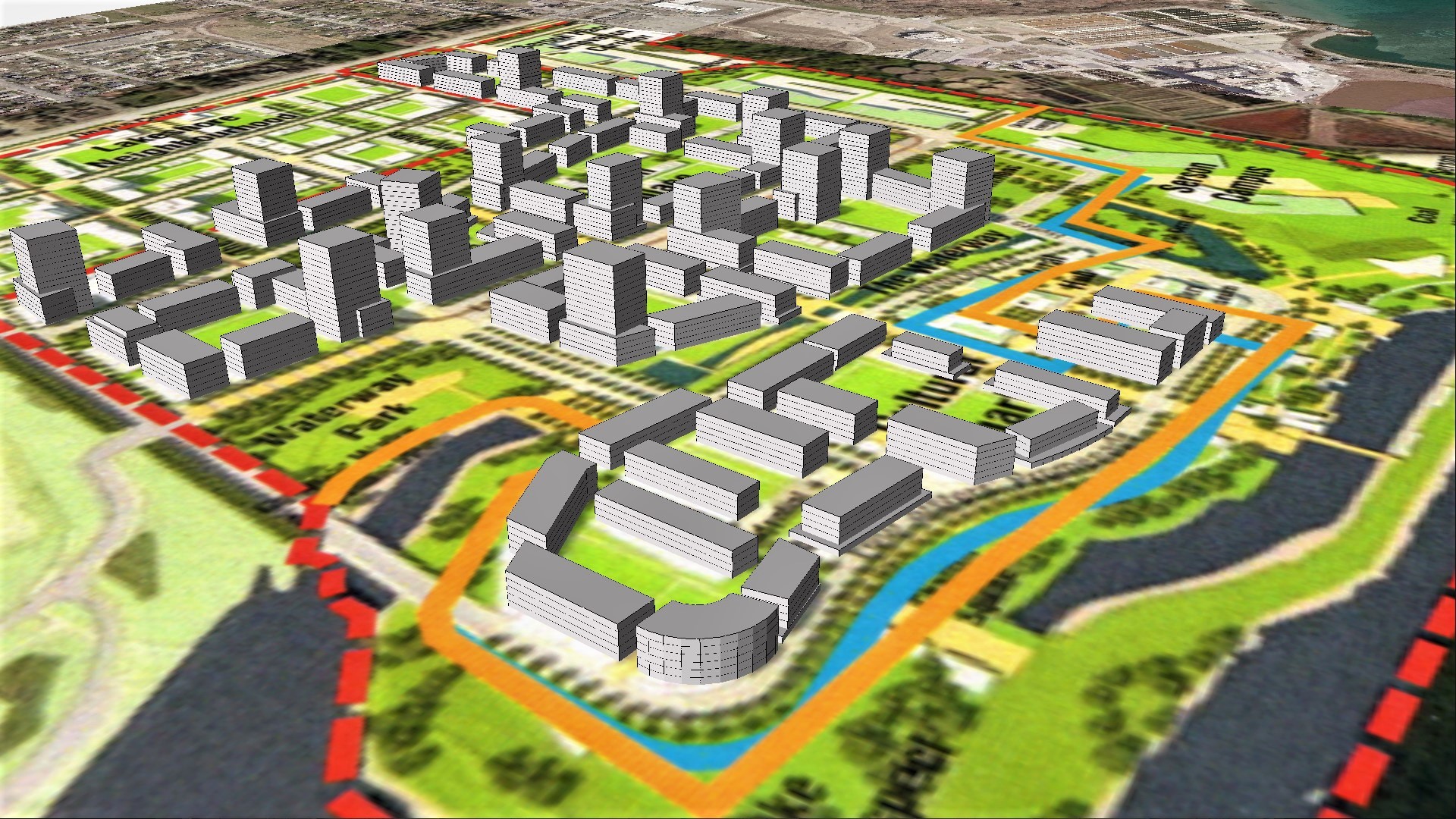
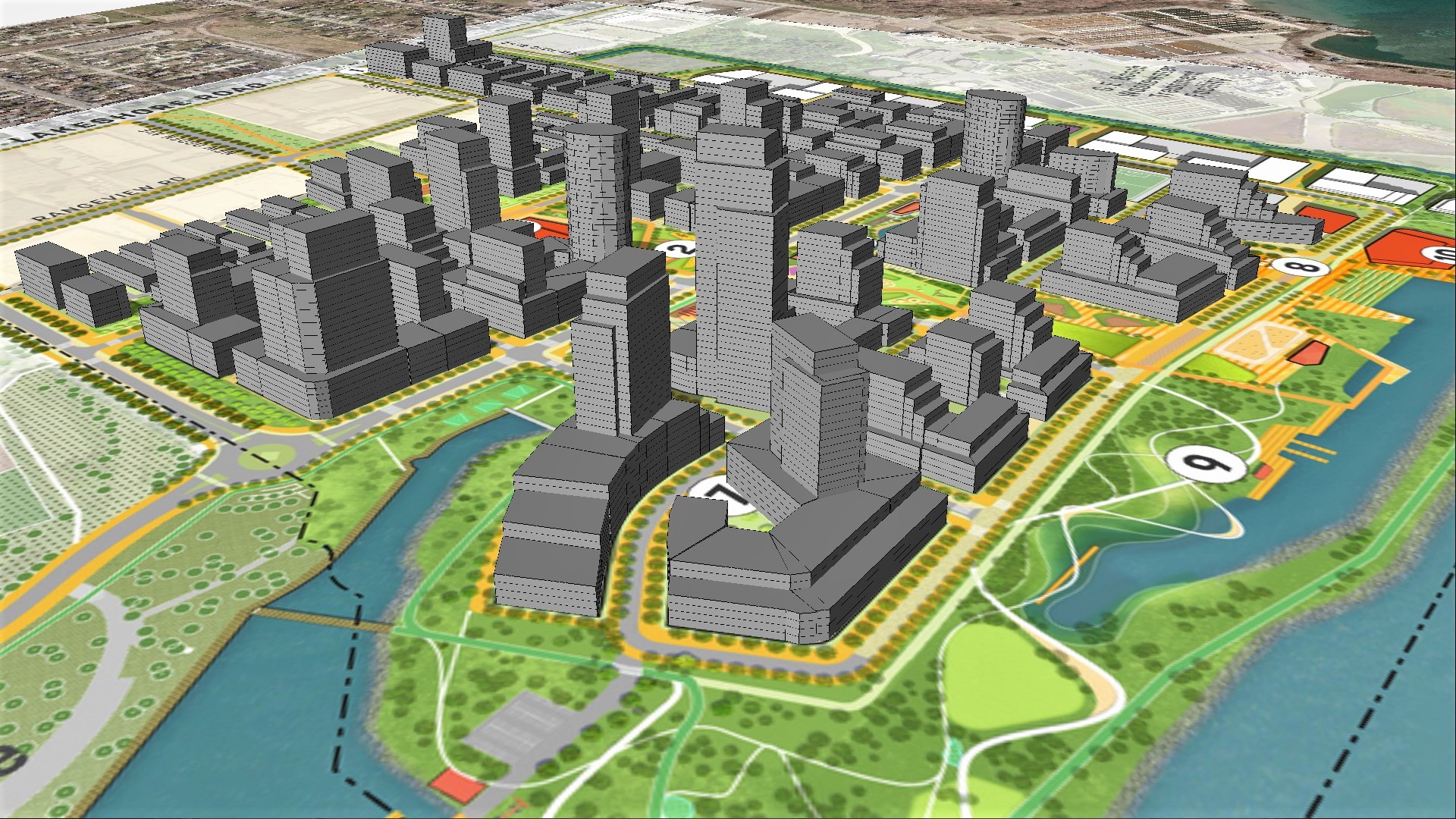
The original plan, above, compared with the recent plan, below, put forward by the development consortium set to build the project
There is no community in Mississauga, or perhaps even Canada, better equipped to oppose developer height or density plans than Lakeview's. The expertise offered by University of Toronto professor John Danahy on urban planning, landscaping and city development is unparalleled. Danahy, who has long lent his expertise to his community for free, has spent hours modelling what resident desires could look like on the waterfront, how the developer’s plan could be tweaked, and explaining exactly what residents should discuss when they're lobbying officials for a better plan. Danahy is the secret weapon any community in Canada would be fortunate to have.
“We’re so, so lucky he’s working on this. Oh my god, we’re so lucky,” Gay Neneth told The Pointer at the meeting, vocalizing the views of many present. “He’ll be a huge factor in our success,” she continued, referring to the community’s ongoing dialogue with developers.
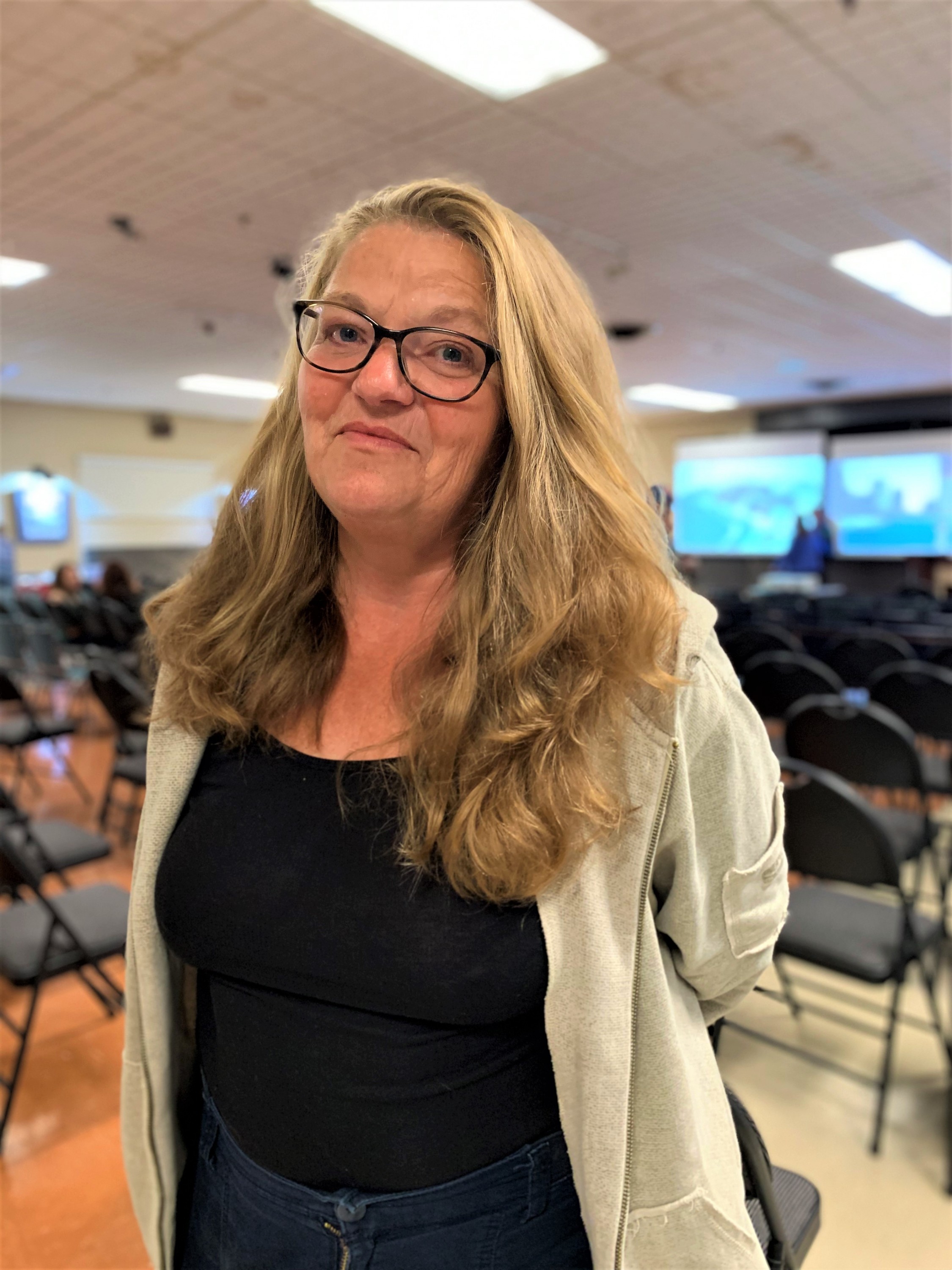
Lakeview resident Gay Neneth
And a dialogue is what it is. As residents were told on Thursday, compromising with the developer and working in conjunction with the city are key to the community’s future success. If, by July 2020, Lakeview Community Partners are unhappy with the direction council or residents force on them, they would be within their rights to appeal any decision at a Local Planning Appeal Tribunal (LPAT), where one or two officials could definitively decide the future of Lakeview.
“If they [the tribunal] like height, that could be it,” Danahy warned residents at the meeting.
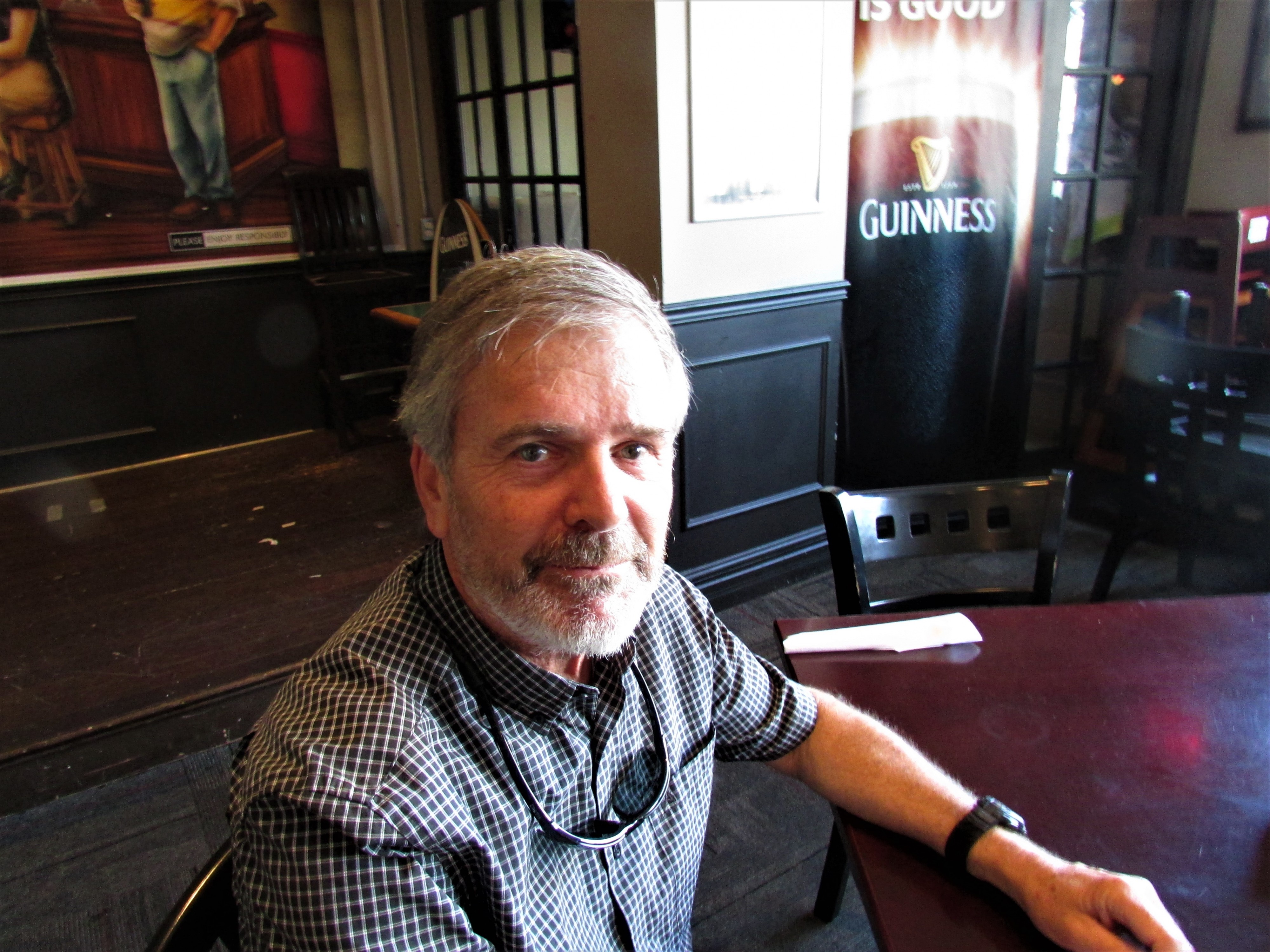
John Danahy
Though the Lakeview Ratepayers Association has seen some movement from the developer in their vision for so-called Lakeview Village, they fear too much height has been added to the plans. Speaking to residents, Danahy said that architecture should “earn the sky” rather than simply be built higher for the sake of density. In particular, the association expressed its opposition to towers close to the water, with six- to eight-storey buildings suggested towards the edge of Lake Ontario and taller construction saved for the middle of the development — built at the centre, away from both Lakeshore Road and the water.
While concern about height was one of the issues expressed at the meeting, Barry Gilbert, president of the Indigenous organization Eagle Spirits of the Great Waters, had another problem with the developer’s latest plans. It has a small building on the edge of an area previously earmarked for an Indigenous education centre and village, along with a water-testing facility.
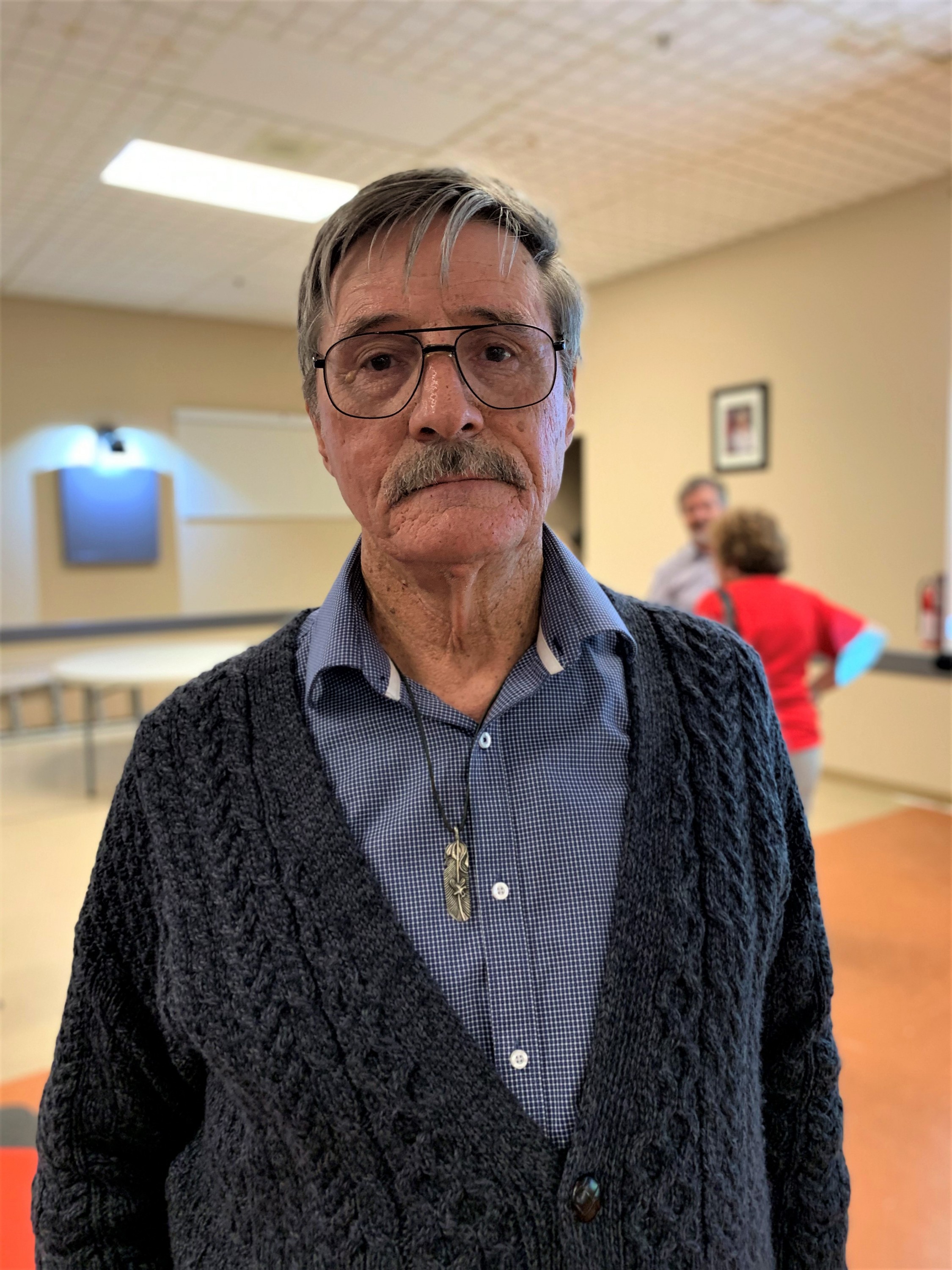
Resident Barry Gilbert
“We need to connect the past and the present,” Gilbert told The Pointer, lamenting the addition of new building designs on the edge of parkland previously designated for Indigenous projects. “We can talk about healing, but we can’t heal until we start bringing non-Indigenous in to engage and learn about other cultures. We need to learn about each other’s ways. Building this [Indigenous cultural centre and village] is a beautiful opportunity.”
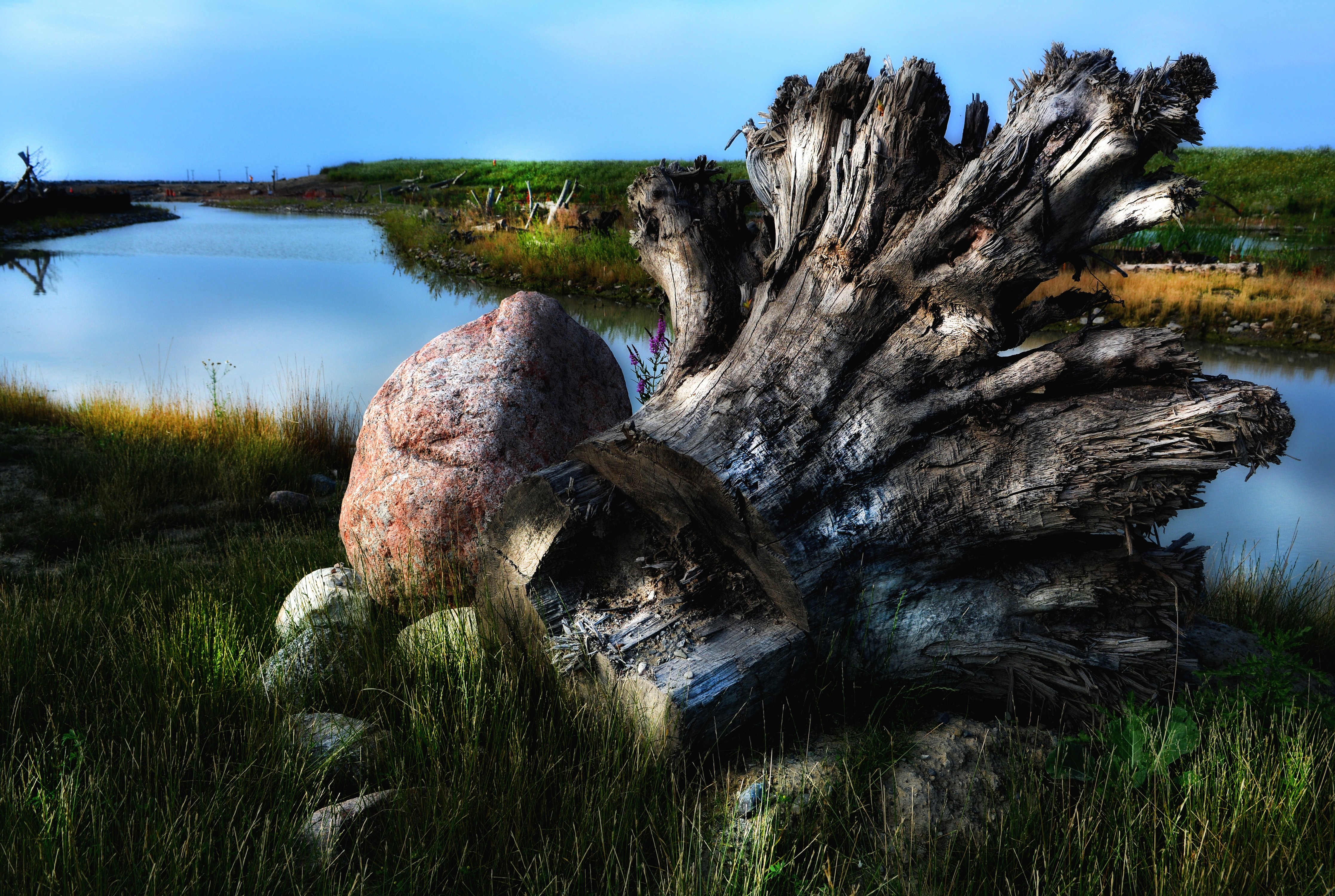
Though developers were initially positive about dedicating elements of the project to First Nations endeavors, Gilbert says the interest was short-lived. “When I first met them at city hall, I brought up the idea of having a [Indigenous] village. They said they would work with us, with the local leaders. And they never come back to talk to us, whatsoever …”
“And that is what bothers me so much,” Gilbert confided, saying their attitude is “'Thank you very much, now sit in the corner.’ And we’re not going to.”
With strong opinions on display from Lakeview residents, developers will be braced to battle over every detail of the waterfront project. From concerns about height to a desire for more waterfront parkland to the ongoing desire for elements that respect the area's Indigenous heritage, there is a lot to juggle. However, following Thursday’s briefing by Danahy, residents are well equipped to express their views to Mayor Bonnie Crombie and council.
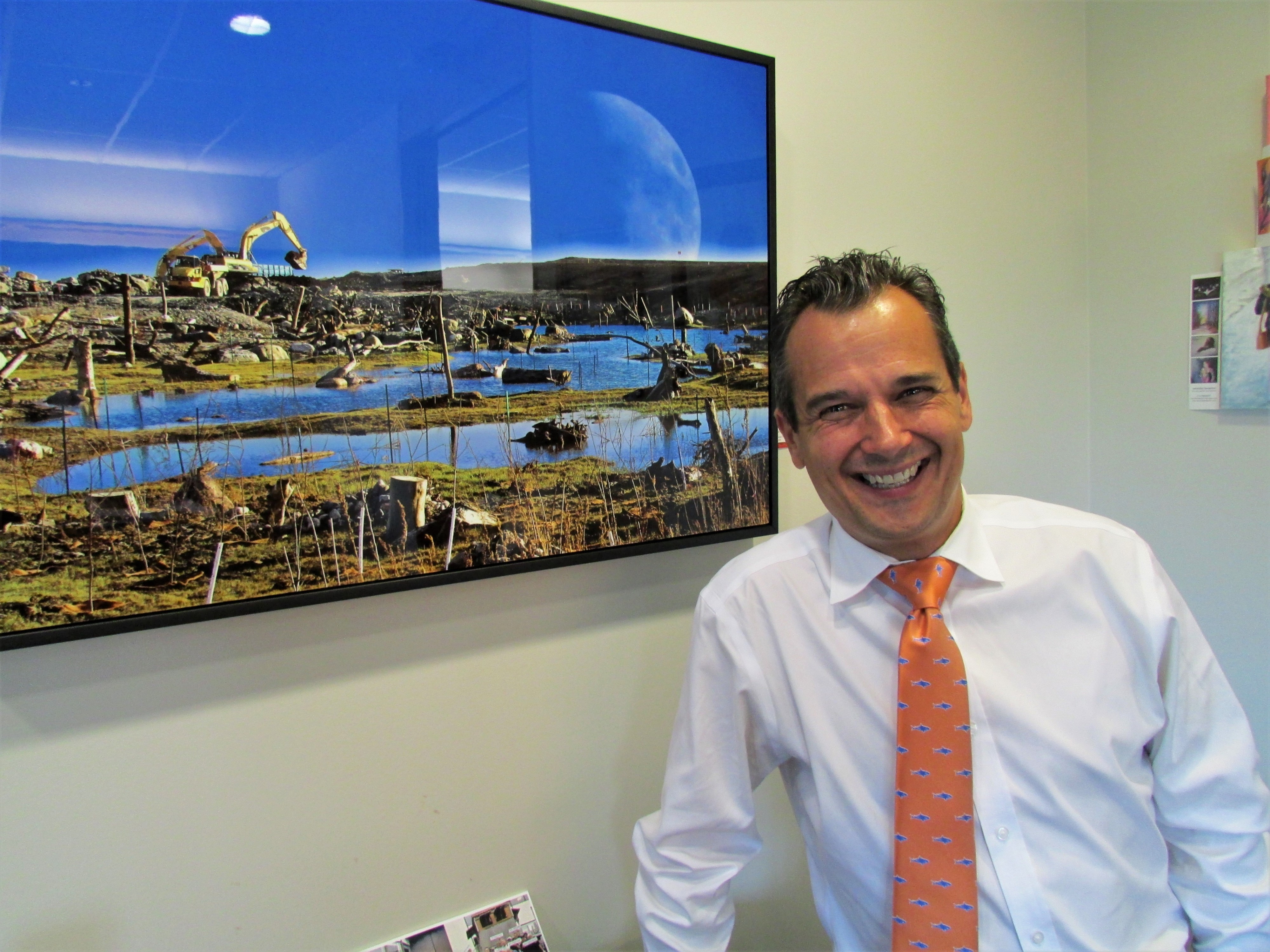
Mississauga Ward 1 Councillor Stephen Dasko
It's unlikely but possible that Lakeview Community Partners brings its proposal to council as early as Oct. 7. At Thursday’s meeting, the Lakeview community was urged to turn up at city hall in force and fill the chamber, demonstrating their passion to elected officials — as they first did 14 years ago, when they presented a vision that bowled over elected officials, ensuring the Lakeview site would not be put to just a new industrial purpose. As plans for Lakeview Village move closer to becoming a reality, the community on Mississauga’s waterfront is learning the skills to take big developers, and not their towers, to the very edge.
@isaaccallan
Submit a correction about this story


